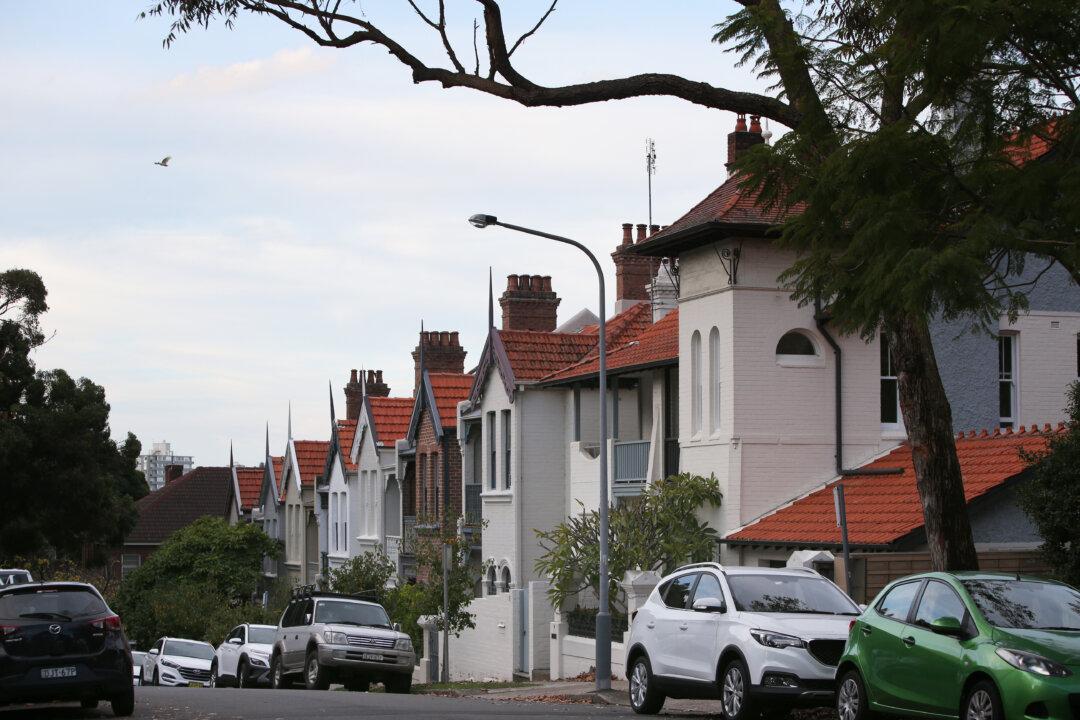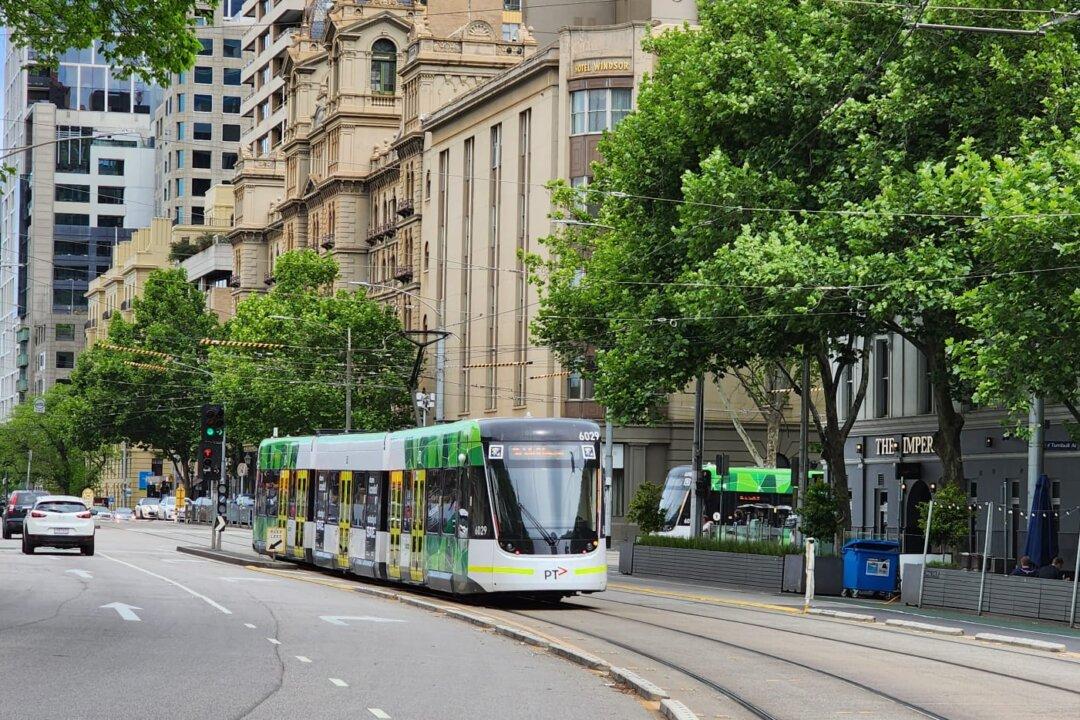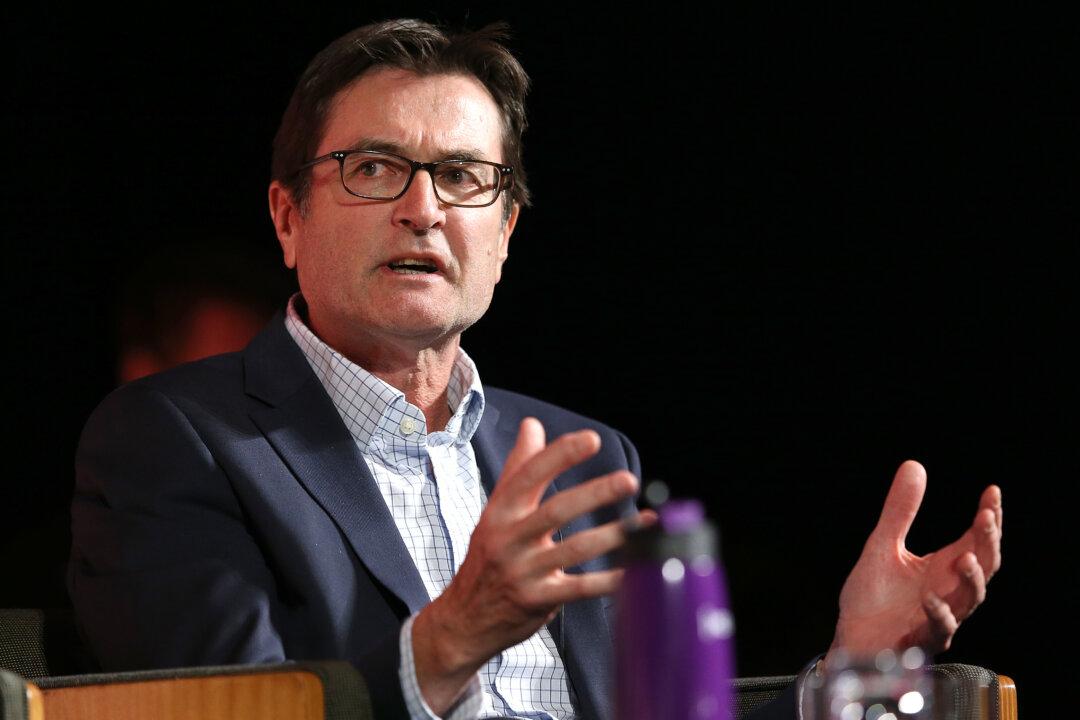The Greens have hinted at imposing an effective rent freeze across Brisbane in a new policy prescription. Brisbane landlords would be hit with a 650 percent rates surcharge if they increase their tenants’ rent, under a new policy from the Greens aimed at subduing rental price increases nationwide.
The policy is set to be announced by the Greens today and constitutes part of the minor party’s ambitions in taking control of the Brisbane City Council at the 2024 election.





